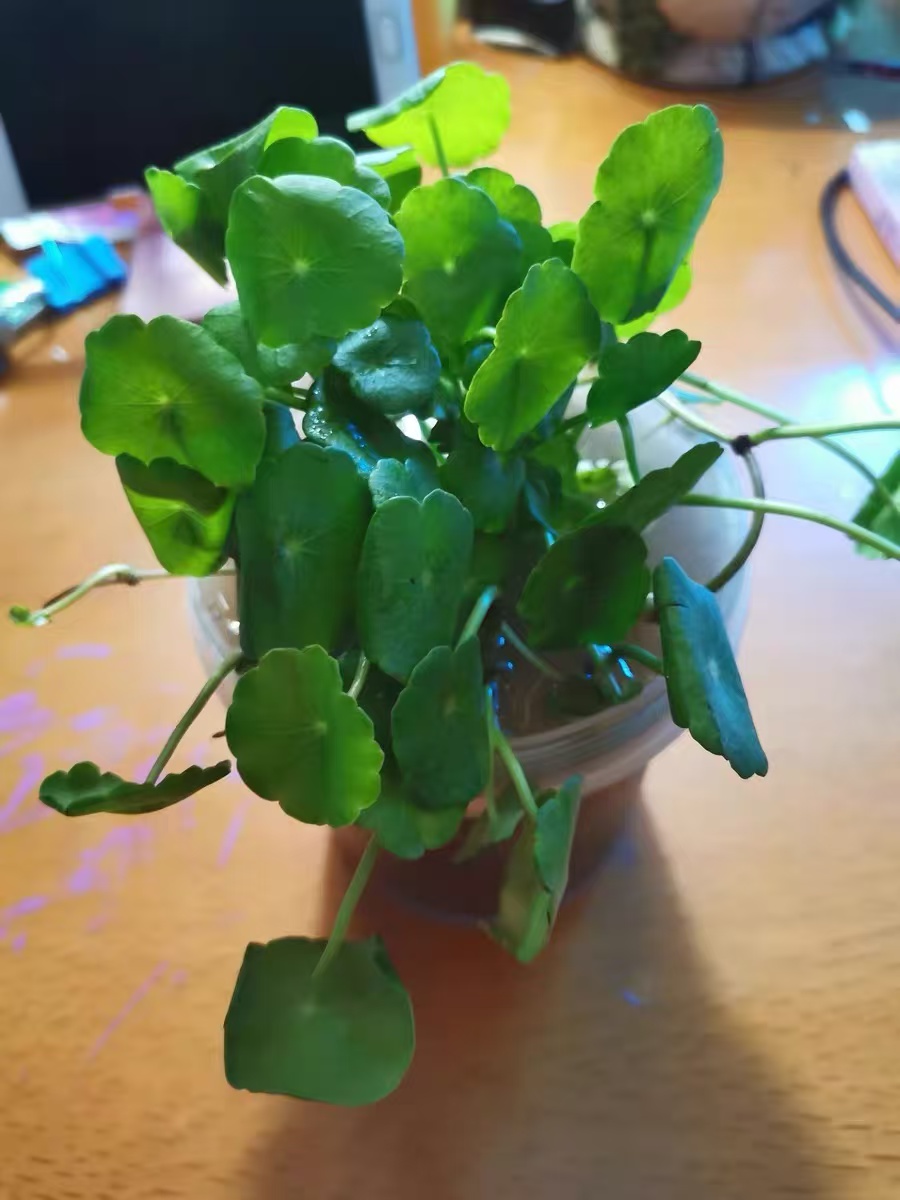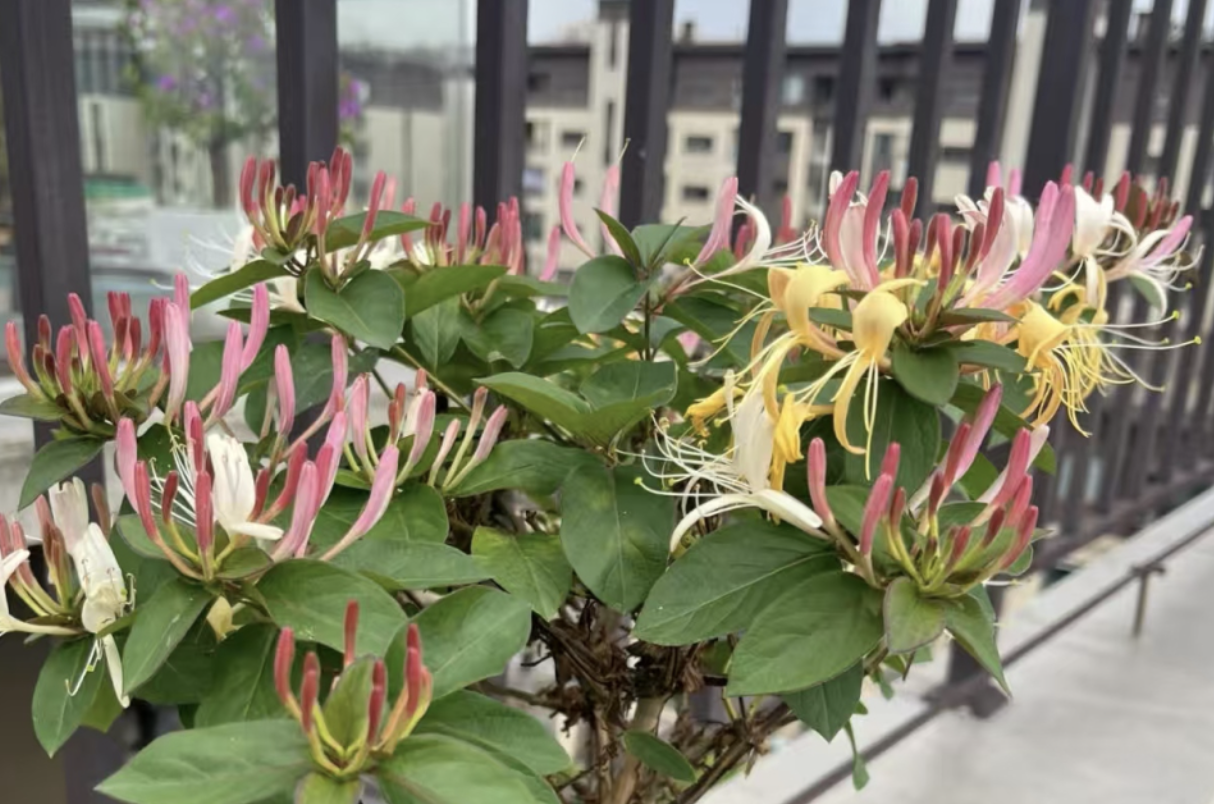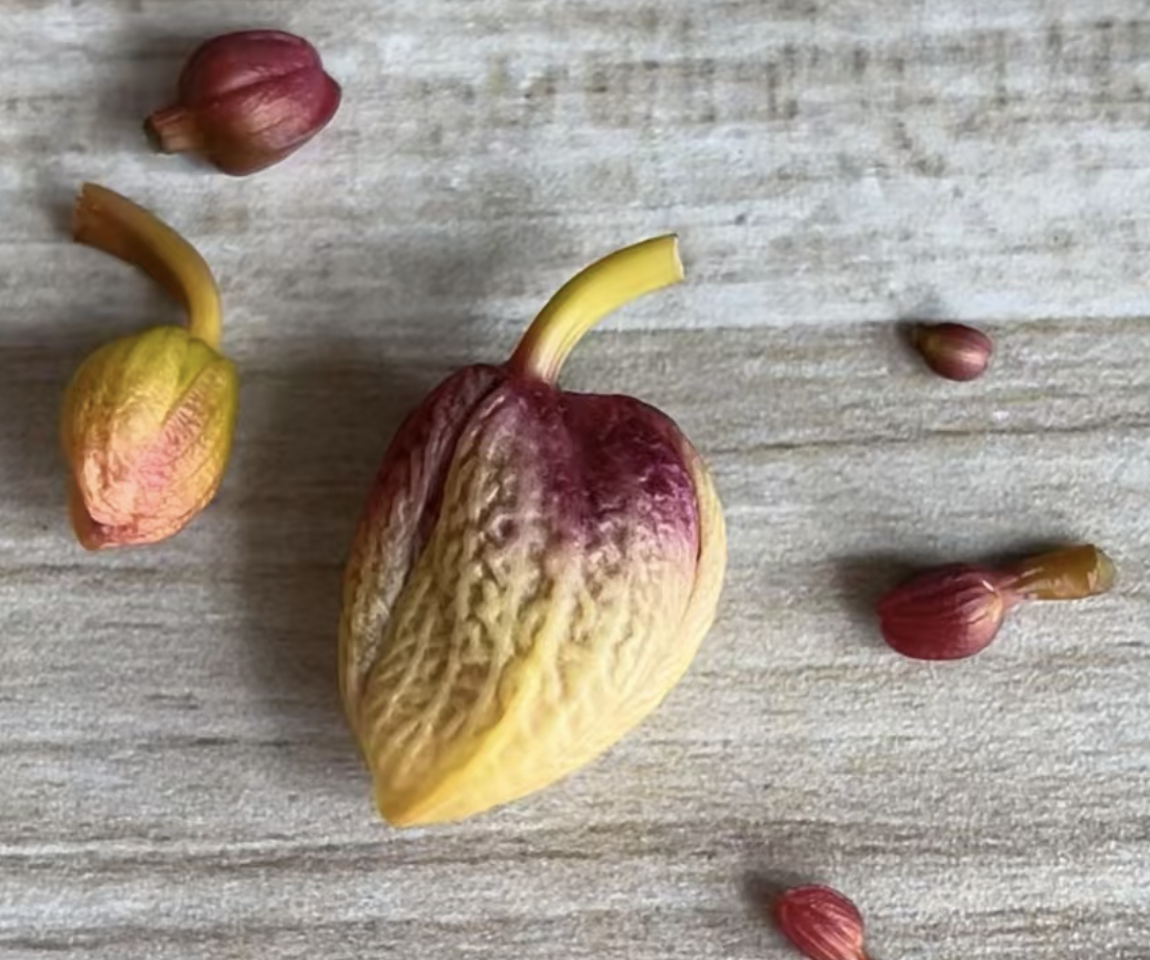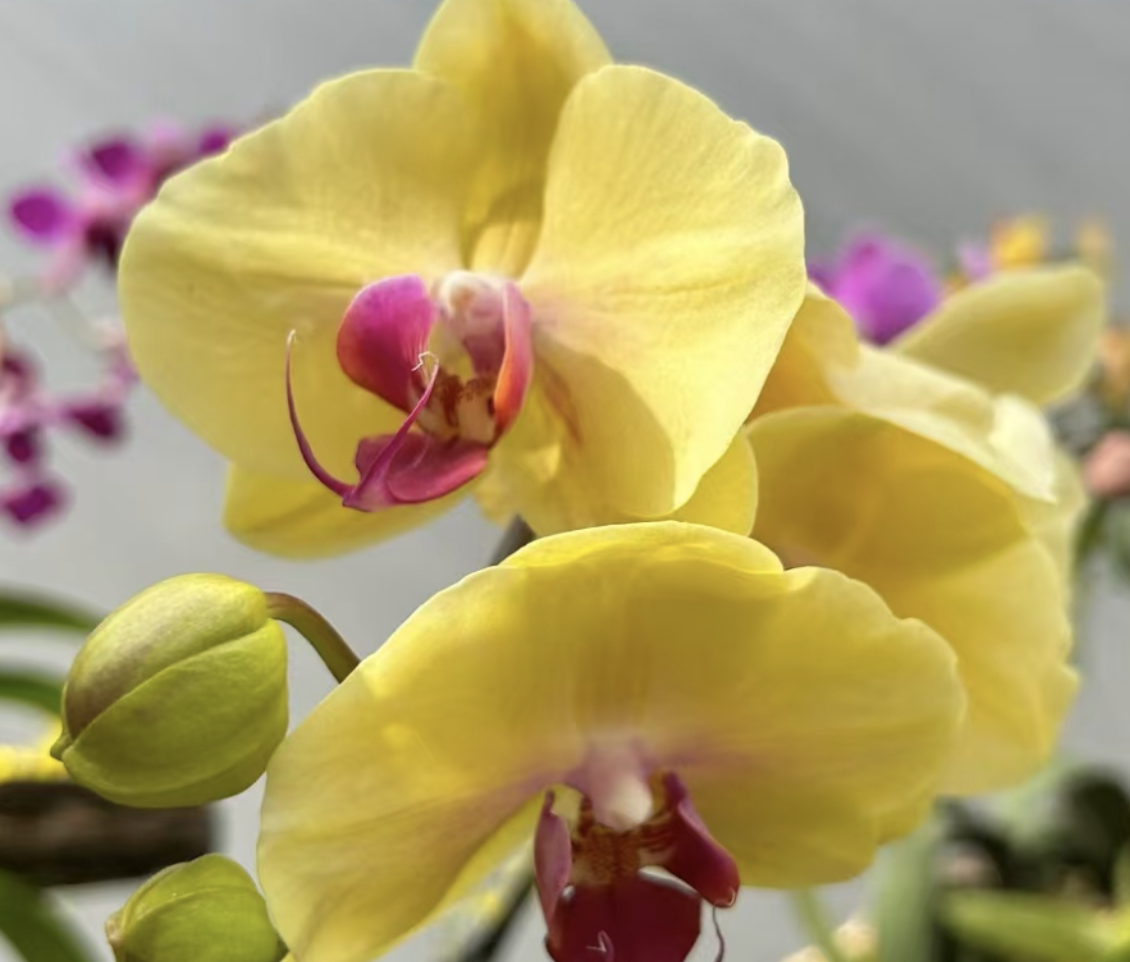Pennywort, with its leaves resembling copper coins, is a green plant that is both aesthetically pleasing and carries a good symbolic meaning. Under hydroponic conditions, pennywort can also thrive and even reach the effect of filling the pot completely. However, during the hydroponic process, pennywort may also encounter pest problems. This article will detail how to cultivate hydroponic pennywort to achieve a pot-bursting growth and the treatment methods when pennywort is infested with bugs.
How to Cultivate Hydroponic Pennywort to Achieve a Pot-Bursting Growth?
When purchasing pennywort, you should choose healthy plants without pests or diseases. Such plants are more likely to adapt to the new environment and grow more vigorously.
The suitable growth temperature for pennywort is 18 - 25 degrees Celsius. Within this temperature range, the growth rate of pennywort will accelerate, and its leaves will become larger and thicker. Especially in winter, the indoor overwintering temperature should be kept above 5 degrees Celsius. Although a short period of zero degrees Celsius is acceptable, a long period of low temperature will have an adverse impact on its growth. Therefore, it is recommended to place pennywort in a warm environment or use heating equipment to maintain the appropriate temperature.
Pennywort is a heliophilic plant and requires sufficient sunlight to grow healthily. Insufficient sunlight will cause it to grow spindly, with smaller leaves and lighter colors, affecting the ornamental effect. Therefore, pennywort should be placed in a place with bright light or sufficient scattered light, such as balconies and windowsills. At the same time, avoid direct sunlight to prevent the leaves from being burned.
During the hydroponic process, pennywort requires sufficient nutrients and water. Firstly, ensure that the water quality is clean. Replace the fresh water every 2 - 3 days and clean the container to prevent the growth of germs. Secondly, to supplement nutrients, an appropriate amount of nutrient solution or compound fertilizer can be added to the water. However, pay attention to the appropriate concentration, neither too high nor too low. In addition, some cultivation substrates, such as granular soil and water plant mud, can also be added to the water to provide a better growth environment.
Pruning is an important means to promote the growth and pot-bursting of pennywort. When pruning, you can cut the overly long branches short to promote the growth of lateral branches and make the plant more lush. At the same time, you can also promptly cut off the withered and yellow leaves to keep the plant clean and beautiful. In addition, to avoid nutrient waste and promote the compact growth of the plant, once the emerging inflorescences are noticed, they should be promptly cut off.
During its growth process, pennywort may be attacked by pests such as aphids and red spiders. Once pest infestation is detected, treatment measures should be taken promptly.
For a small number of bugs, you can use a brush to gently brush them off. At the same time, check whether there are eggs or bugs attached to the branches and leaves and roots of the plant and clean them up. In addition, cutting off the branches and leaves with bugs is also an effective physical control method. Since pennywort is a plant that is not afraid of water, the whole pennywort can be immersed in water, gently shaken to wash off the bugs and eggs, and then rinsed with water and dried.
If the pest infestation is severe, chemical pesticides can be considered for control. Select a suitable insecticide for pennywort (such as omethoate emulsifiable concentrate, etc.), dilute it according to the proportion on the instruction manual and spray it on the plant. However, pay attention to the amount and frequency of using the pesticide to avoid harming the plant.
Biological control is an environmentally friendly and sustainable pest control method. Natural enemies (such as ladybugs and hoverflies) can be introduced to control the number of pests. However, this method requires certain time and conditions to be realized.
In addition to the above methods, improving the maintenance environment is also an important measure to prevent pest infestation. Maintaining appropriate temperature and humidity, increasing air circulation, and regularly cleaning weeds and fallen leaves all help to reduce the breeding and spread of pests.
To make hydroponic pennywort achieve a pot-bursting growth and effectively prevent pest infestation, we need to make great efforts in selecting plants, controlling temperature, light, water and fertilizer management, and pruning. At the same time, for pest problems, we also need to take reasonable control measures to ensure the healthy growth of the plants.
How to Cultivate Hydroponic Pennywort to Achieve a Pot-Bursting Growth?

Share with
Tagged in :




Leave a Reply